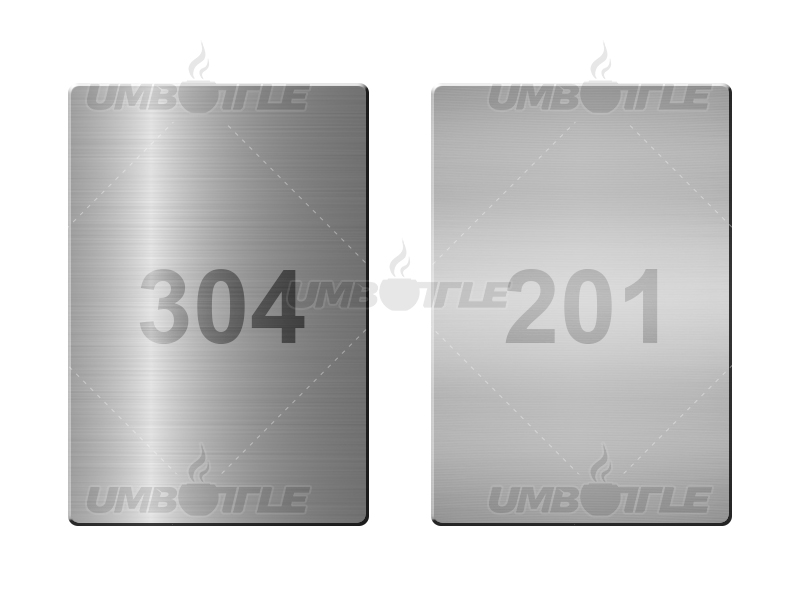Detailed Steps for Identifying and Testing 304 Stainless Steel and 201 Stainless Steel
In the field of stainless steel applications, such as kitchenware and construction materials, 304 stainless steel and 201 stainless steel are common types. Due to differences in their chemical composition and properties, identifying and testing these materials accurately is crucial. Below are the detailed steps for the identification and testing process of 304 stainless steel and 201 stainless steel:
Visual Inspection: Visual inspection is the basic initial step. Observe the material's surface luster, color, and texture. Generally, 304 stainless steel is shinier with a mirror-like finish, while 201 stainless steel surfaces appear slightly duller.
Magnetic Test: Using a magnetic test can help differentiate between 304 and 201 stainless steel. 201 stainless steel usually has some magnetism, whereas 304 stainless steel is typically non-magnetic. You can use a magnet to see if the material is attracted to it.
Acid Etching Test: This is a more accurate testing method. Drop a small amount of nitric acid on the stainless steel surface. 201 stainless steel will produce nitrogen oxides, showing black rust, while 304 stainless steel usually does not exhibit significant reactions.
Color Reaction: In a part of the test, dip test paper in acidic liquid and then touch the stainless steel surface. 201 stainless steel will show a color change, while 304 stainless steel will not have a noticeable reaction.
Chemical Composition Analysis: Using specialized instruments to perform a chemical composition analysis on samples is an effective method to determine the material. 201 and 304 stainless steel have different chemical compositions, and this analysis can provide accurate results.
Density Test: A density test can also differentiate between these materials since they have different densities. Generally, the density of 201 stainless steel is slightly lower than that of 304 stainless steel.
Strength Test: 201 stainless steel typically has lower strength compared to 304 stainless steel. Evaluating the material's strength can be done through tests like tensile testing.
High-Temperature Oxidation Test: Under high-temperature conditions, 201 stainless steel is prone to oxidation discoloration, whereas 304 stainless steel has good oxidation resistance and does not easily change color.
X-Ray Diffraction (XRD) Analysis: This high-precision material analysis method can differentiate different types of stainless steel by analyzing their crystal structures.
In summary, through a series of steps and testing methods, it is possible to accurately identify and test 304 stainless steel and 201 stainless steel. In practical applications, considering multiple testing methods can lead to more precise judgments and identifications, ensuring the correct use of different types of stainless steel materials.

Dongguan Zhanyi Commodity Technology Co., Ltd. specializes in the production of metal cups, plastic cups, coffee cups, suction mug, lunch boxes, food jar, travel mugs, portable water bottles, sports bottles, home life desktop trash cans, thermos bottles, etc.These products are all our annual exports, and are recognized and loved by the US, Europe, Australia, Japan, South Korea, Taiwan, Hong Kong and other consumers. Support for small quantity order, fast customization.